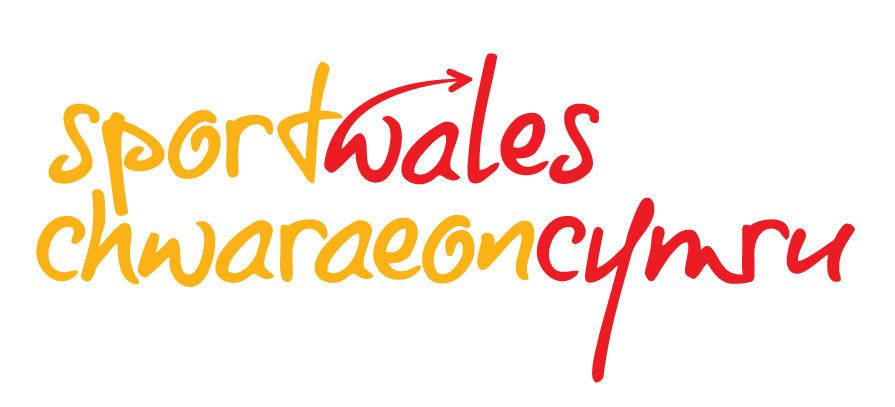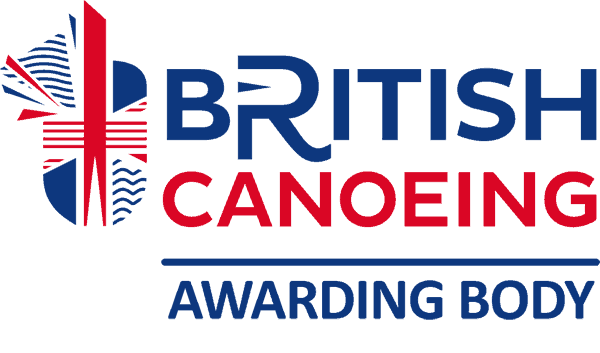SUP SAFER AWARD
- Are you relatively new to paddleboarding?
- Do you want to raise your awareness of paddling your SUP safely?
- Do you want to learn practical solutions if you get into difficulty?
Then the SUP Safer course is for you!
Your course will support you to consider safe practices, explore and learn to appreciate the potential hazards you might encounter and be prepared to avoid or deal with them.
WHY TAKE THE SUP SAFER COURSE?
First of all, this award is all about keeping safe on your SUP in sheltered water venues. So, whether you are paddling with friends or your club, this practical course is packed with safe practical solutions. It doesn’t matter about your age or whether you have limited SUP experience, this course supports your knowledge and raises your awareness of your personal safety.
If you needed any more convincing, the course is completely based around training, raising awareness with no assessment. Structured to support you, our experienced tutors will ensure you have plenty of time practising, as well as understanding how you can develop skills and experience after the course.
The course takes around 4 hours and will cover 4 modules:
- SUP Equipment
- Environment and Weather
- Planning
- Safety on the Water
There will be opportunities to develop and progress your rescue skills and meet like-minded people during the course. Many of our course candidates develop long lasting friendships, connections and contacts.
You can read the sample programme and session plans here.
This course is open to anyone of any age.
Course Content
It is forThis is a mainly practical training course with no assessment. Your course will support you in keeping yourself and others safe whilst on the water, providing you with the tools and concepts to consider solutions to common issues on the water.
The course will cover 4 key modules -
SUP Equipment
- Craft overview, safety considerations and features
- Clothing and equipment worn
- Additional safety equipment
Environment and weather
- The sheltered water environment
- Other environments
- Weather considerations
- Tide and flow
- Water features
Planning
- Knowledge, experience and ability
- What to expect and what to look out for
- Where and how to find help
Safety on the water
- Getting started safely
- Supporting others
- Rescue techniques
- Calling for help, sustaining yourself whilst waiting for assistance
Prerequisites
There are no prerequisites to attending the SUP Safer course.
Certification
Attendance Certificates are issued to successful candidates by following a recommendation from the course provider. A fee is paid to Paddle Cymru/British Canoeing by the Provider:
- £5 for members
- £10 for non-members
We use cookies to make sure that we give you the best experience on our website. To learn more, go to the Privacy Page.









